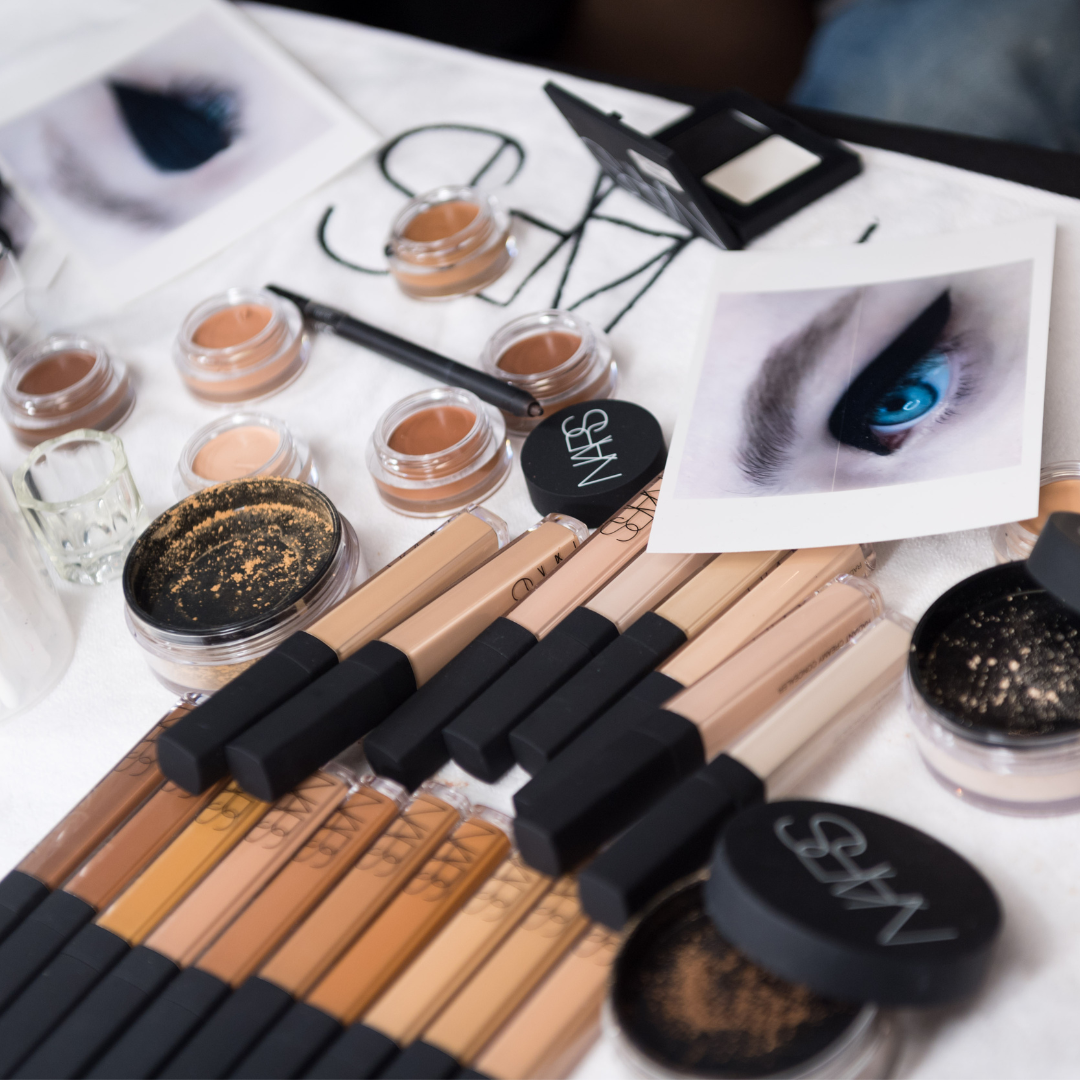
Gone are the days when concealer was thick, gloopy and heavy. No longer just designed to cover up a spot to within an inch of its life, concealer has gone through a rebrand in recent years, in line with our need and desire to adopt fresh, glowing skin that looks natural.
And, thanks to this, concealer has taken on a new purpose—and it's great news for those who aren't hot on wearing foundation every day. Many concealers these days are serum-based and come packed with skincare ingredients. This has meant that not only are they perfect for covering dark circles under the eyes and neutralising redness on a breakout, they also can be used across the face in place of foundation.
In fact, make-up artists such as Lisa Eldridge have before admitted to preferring this technique for certain looks. And it's not just make-up artists who are fans—the TikTok crowd are into it, too. One video (shown below) spotlighting the trend even racked up nearly one million likes recently.
So what exactly is this all about, and should you give it a go? Here's what to know.
@tias.mua ♬ original sound - LeneStorm⛈
How exactly do you use concealer as foundation?
Let's start with why this may even be an option. Short of being somewhere without a foundation (I've had those times during a trip or after a workout where mine has gone missing), there are actually several reasons why forgoing foundation and using concealer instead can be appealing.
“As the colder months set in, I find myself opting for a fresher and more natural make-up look that allows my skin to breathe while still providing the coverage I need. One of my favourite ways to achieve this is by using concealer instead of foundation," says Aimee Connelly, Make-up Artist and Founder of Sculpted By Aimee. "Opting for concealer offers a lighter base that can create a more radiant complexion versus traditional foundations. It allows your skin's natural beauty to shine through while still providing coverage where you need it most."
It's actually pretty simple to do too, and best not to overthink it. Using the product in areas where you'd like a little coverage is the best place to start.
"To use concealer instead of foundation, start with a clean, moisturised face," begins Simone Otis, Make-up Artist for 19/99 Beauty. "Apply the concealer directly to the areas that need coverage, such as blemishes or under-eye circles, using your fingertip or a brush. Blend it out well to create a seamless finish. You can add a light dusting of powder to set the look. This method gives you coverage where you need it without the full coverage of foundation."
@ilmakiage ♬ I AM THE AESTHETIC _yaesthetician - yas 💚🌻🍭🫧
Which areas should you focus on?
Again, try not to overthink it. You should concentrate on the places you'd like to cover, correct or brighten in some way.
"Focus on the areas of the face where you want to even out your complexion—the under-eye area, blemishes, discolouration or over veins that you want to soften the look of," explains Simone.
Jess Hunt, founder of REFY, says that for her, there's one area that's a non-negotiable: "I always conceal under my eyes." Indeed, a layer of concealer here can make such a difference to your face, regardless of whether you're wearing an all-over base.
It does sort of depend on the area (and thus, the purpose) you're wanting to conceal, as different types of concealer work for different things...
@tatlafata ♬ original sound - Tatyana
What type of concealers are best for this purpose?
For example, under the eyes usually need brightening and some level of colour correction for dullness and dark circles. For this, a lightweight under-eye concealer that reflects light is ideal, such as the below options by NARS, Sculpted by Aimee and L'Oréal Paris.
For blemishes, redness or any areas you want to cover more than brighten, it's best to opt for something that has a little more coverage—but not so much so that it's difficult to blend or doesn't look natural. Jess says she always prefers "using a buildable light to medium coverage concealer", such as the one by REFY.
I'd personally recommend opting for a hydrating, serum-based concealer if you only want to use one product all-over. This is because they tend to have lightweight textures that are easy to blend across the face and look natural rather than heavy or ultra-pigmented.
In terms of the application process, Simone actually recommends using your fingers: "Fingertips are perfect for blending, as the warmth of your hand helps to create a seamless look, especially around the eye area." She does however add that certain brushes may come in handy for this technique. "A concealer brush helps when you want a very precise application, for example on blemishes, and a larger foundation brush or make-up sponge helps when you want to apply to a larger area of the face and still have the makeup look well blended and natural," she says.
These six are firm choices for this purpose:
One of the best concealers I've ever used, this is a great all-over option and works for both under the eyes and blemishes.
Hourglass' formula is perfect for those slightly harder-to-cover areas such as breakouts and redness.
A lightweight serum-based concealer, this blends beautifully across the skin, wherever you apply it.
Sculpted By Aimee's concealer is the perfect under-eye brightener for those 'no foundation' days.
Refy's concealer has a light to medium coverage that's buildable, making it great to use as a makeshift base.
The large doe-foot applicator on Rare's product makes using it for a base all the more appealing.







